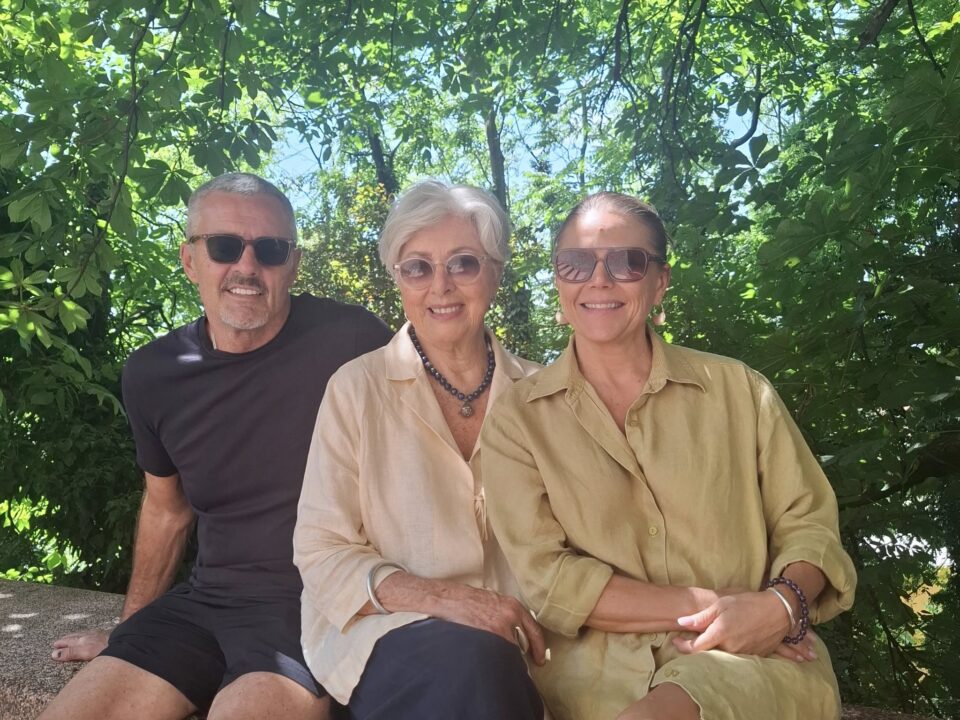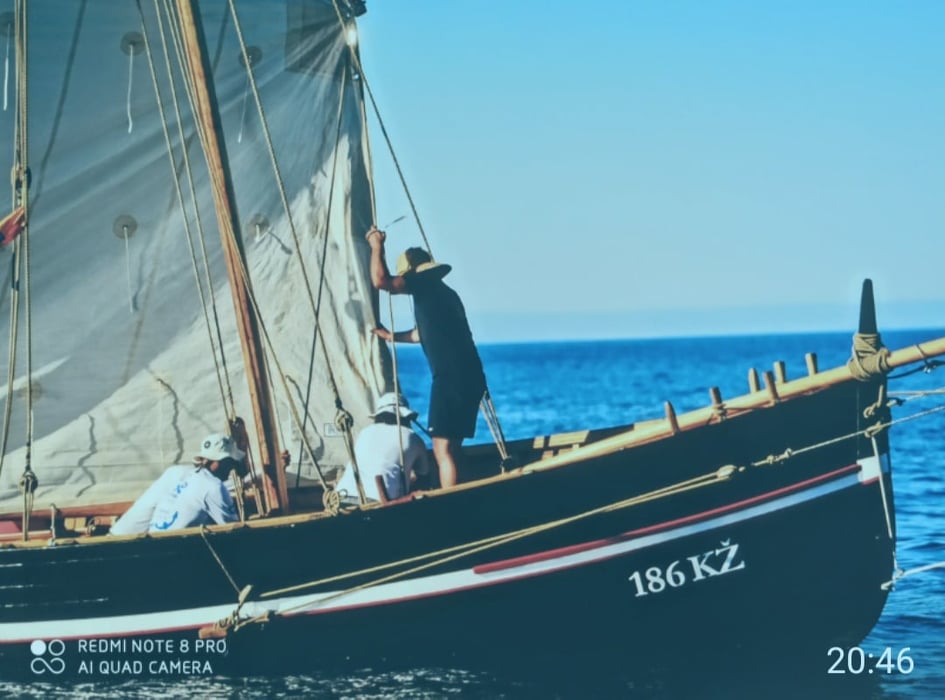
Cetina River Rafting! A day we’ll never forget!
January 31, 2025
Cruising the Dalmatian Coast in Comfort and Style
April 3, 2025A great group of happy travellers from Podgora and Tučepi on the Makarska Riviera boarded the bus at 7.00 am on our way inland to B&H on a mild winter’s day in February, visiting historical forts, villages, and relics of the mighty Ottoman and Austro-Hungarian Empires. A 1.5-hour drive, accompanied by a shot or two of rakija (grappa) and an assortment of homemade pastries to keep us well-fed and invigorated! Thank you, Sofia!

Our first stop was at the 15th-century settlement of Pocitelj in the village of Čapljina on the Neretva River, a village of 800 residents living in an open-air museum, a village frozen in time located on the Neretva River between Mostar and Metković.


Pocitelj’s walled nucleus is a protected National Monument of Bosnia and Herzegovina. The fortress was built by King Tvrtko 1 of Bosnia in 1383, and its role was to control the merchant route from the Bosnian inland to the Adriatic Sea, a further 40 kms downstream.






In the early days, roofs were made of thatched straw but were always badly damaged by high winds, so stone was cut and became the norm. The Neretva River runs 240 kms through Bosnia and a further 40 kms down to the sea. It is known to be the coldest river in the world at 7 deg. all year round due to the fact the source of the river is at an altitude of 1227 meters, beneath Mount Jabuka, part of the Zelengora mountain range.
Next stop was the stunning Tekija Blagaj, home of the twirling Islamic Dervish dancers located at the source of the Buna River..The Dervish house was and still is a venue for Dervish Zikr praise and chanting 3 times weekly.



During the Middle Ages, even before the arrival of the Ottomans, it was a place of utter cultural and religious importance (1454) The first written track of the Tekija was written by Evlija Celebija in 1664 in his travelogues, at a time when the Tekke was already well-known throughout the Ottoman empire. Continuing towards Mostar, we stopped at the village of Buna located on the Buna Riva, a short, rapidly flowing tributary of the Neretva River. The waters were a vivid hue of azure blue caused by high mineral content.. Refreshments at Hotel Buna sounded a great idea, and we were warmly welcomed by Hotel Manager Gordana Puljić. The wines of the region were explained, and an introduction to wine production, and the history of tobacco production in Hercegovina were well explained..




A further short 15-minute drive, and we arrived in Mostar, the major city of Hercegovina, well known for its iconic ‘Stari Most’ (Old Bridge) straddling the Neretva River, and a town where Catholics and Muslims live peacefully, although that wasn’t always the case unfortunately. The historic town was developed in the 15th and 16th centuries as an Ottoman frontier town and during the 15th and 16th centuries and the 19th and 20th centuries by the Austro-Hungarian period.







Mostar is known for its iconic Stari Most, (Old Bridge), a reconstructed medieval arched bridge. The nearby alleys are full of shops and market stalls and the Old Bridge Museum explores the bridge’s long history. We wandered through the cobbled streets, soaking up the ambiance, and enjoyed Turkish coffee and baklava pastries, traditional Bosnian delights.. On the way home we stopped at a local Croatian Konoba for dinner, a bowl of soup, roasted meats, potatoes, and vegetables..naturally the wine flowed, and the cheesecake was superb! The end of another perfect day.




